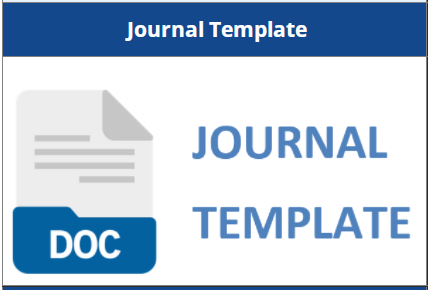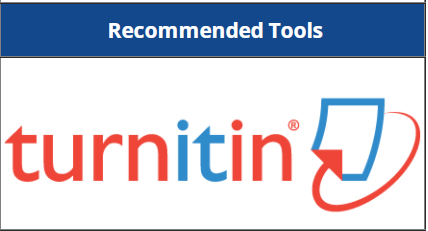OPTIMALISASI PENGELOLAAN PERSAMPAHAN MELALUI PENERAPAN TEKNOLOGI DAN INOVASI DI KOTA BANDAR LAMPUNG
Abstract
Bandar Lampung has 1,166,066 people, with waste production reaching 946.35 tons/day. The Ministry of Environment and Forestry has nominated Bandar Lampung as one of Indonesia's dirtiest cities. The waste quantity produced increases, but waste management does not run optimally. In addition, the Bakung TPA still applies the open dumping method so that the waste is immediately disposed of without any processing. The processing carried out is merely limited to composting at several sources of market waste. Technology and innovation in waste management continue to formulate, and it can help improve the quality of waste management. Therefore, this study aims to formulate the best strategy for optimizing the waste management system integrated with technology and innovation. This study used a qualitative deductive approach with descriptive analysis and AWOT analysis (AHP and SWOT). It was concluded that the best strategy to optimize waste management in Bandar Lampung City is the defensive strategy. The strategy consists of fulfilling infrastructure and staff according to standards, increasing efforts and maintenance funds by the government and community retribution, waste socialization movements and simultaneous assistance, optimizing existing technologies and innovations, integrating waste management systems, pursuing a waste monitoring movement, and digitizing the waste management system.
Downloads
References
[2] Badan Pusat Statistik Kota Bandar Lampung. (2021). Bandar Lampung dalam Angka 2021. Bandar Lampung: Badan Pusat Statistik
[3] Badan Standardisasi Nasional. (2002). Standar Nasional Indonesia Nomor SNI 19-2454-2002 tentang Tata Cara Teknis Operasional Pengelolaan Sampah Perkotaan
[4] Chandra, S., Pellokila, M. R., & Ramang, R. (2015). Analisis Teknologi Pengolahan Sampah Di Kupang Dengan Proses Hirarki Analitik Dan Metode Valuasi Kontingensi (Analysis of Waste Treatment Technology in Kupang with Analytic Hierarchy Process and Contingent Valuation Method). Jurnal Manusia Dan Lingkungan, 22(3), 350-356.
[5] Darwati, S. (2009). Potensi Rehabilitasi Tempat Pemerosesan Akhir Sampah melalui Penambangan Lahan Urug. Jurnal permukiman, 4(1), 10-28.
[6] Freed, R. D. (2002). Manajemen Strategi Konsep. Jakarta: Salemba Empat.
[7] Moleong, L. (2011). Metodologi Penelitian Kualitatif Edisi Revisi. Bandung: PT. Remaja Rosdakarya.
[8] Nazir, M. (2014). Metode Penelitian. Bogor: Ghalia Indonesia.
[9] Phelia, A., & Damanhuri, E. (2019). Kajian Evaluasi TPA dan Analisis Biaya Manfaat Sistem Pengelolaan Sampah di TPA (Studi Kasus TPA Bakung Kota Bandar Lampung). Jurnal Teknik Lingkungan, 25(02), 85-100.
[10] Robert, D., Johny, H., & Gerald, Z. (1973). Innovation and Organization. New York: A. Willey –Interscience Publication John Willey and Sons.
[11] Saaty, T. (1990). The Analytic Hierarchy Process: Planning, Priority Setting, Resource Allocating. Pittsburgh: University of Pittsburgh Pers.
[12] Sebastian, Y. (2014). Biang Inovasi. Jakarta: Gramedia.
[13] Sudarmanto, B. (2010). Penerapan Teknologi Pengolahan dan Pemanfaatannya dalam Pengelolaan Sampah. Prosiding SNST Fakultas Teknik, 1(1).
[14] Suryana. (2008). Pedoman Praktis: Kiat dan Proses Menuju Sukses. Jakarta: Salemba.
[15] Undang Undang Republik Indonesia Nomor 18 Tahun 2008 tentang Pengelolaan Sampah.












